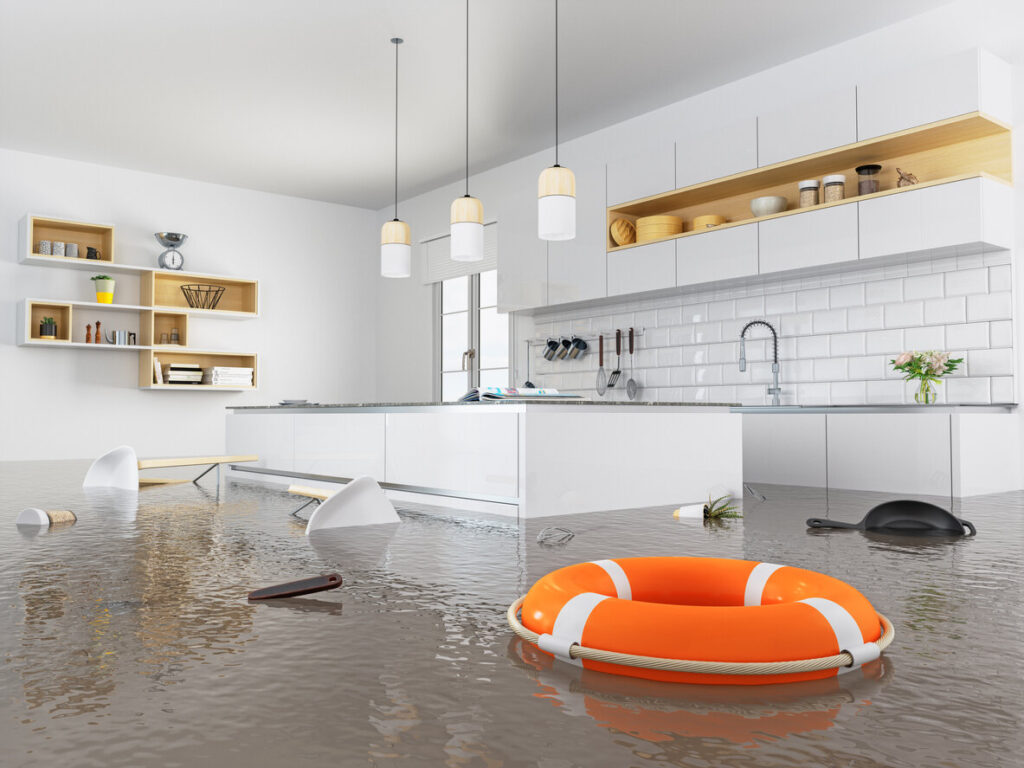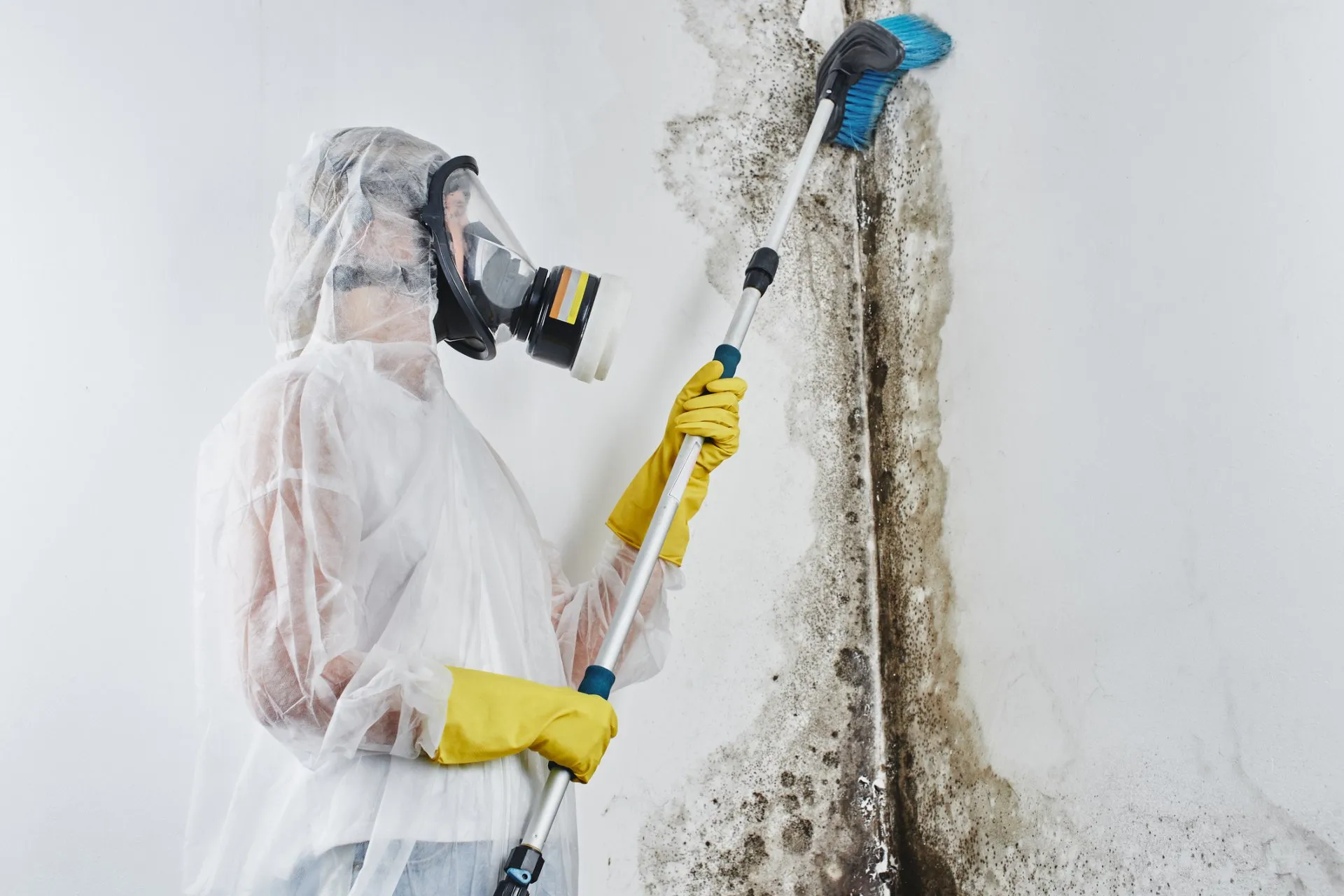A Comprehensive Guide to Water Damage Repair
Water damage can wreak havoc on your home, causing structural damage, mold growth, and potential health hazards. Whether it’s from a burst pipe, a leaking roof, or a natural disaster, addressing water damage promptly is crucial to prevent further destruction and restore your home to its former glory. In this comprehensive guide, we’ll walk you through the process of water damage repair, from assessment to restoration, providing valuable insights and tips along the way.

House Fill With Water
Assessing the Damage
The first step in water damage repair is assessing the extent of the damage. This involves a thorough inspection of the affected areas to determine the source of the water intrusion, the extent of the damage, and any potential safety hazards. Professional restoration companies utilize advanced techniques and equipment to assess structural integrity, identify moisture pockets, and develop a comprehensive restoration plan.
Extracting Water
Once the damage has been assessed, the next step is to extract standing water from the affected areas. Professional restoration companies use specialized pumps, vacuums, and drying equipment to remove water quickly and efficiently, minimizing the risk of further damage and mold growth.
Drying Out the Area
After the water has been extracted, the drying process begins. Professional restoration companies use industrial-grade dehumidifiers, fans, and drying mats to remove moisture from the air and materials, ensuring thorough drying and preventing mold growth. This step may take several days or even weeks, depending on the extent of the damage and the materials affected.
Cleaning and Sanitizing for Water Damage Repair
Once the area is dry, it’s essential to clean and sanitize the affected surfaces to remove any remaining contaminants and prevent mold growth. Professional restoration companies use EPA-approved cleaning agents and disinfectants to thoroughly clean and sanitize the area, restoring it to a safe and healthy condition.
Repairing and Rebuilding
With the area clean and dry, the final step is to repair and rebuild any damaged structures or materials. This may involve replacing drywall, flooring, insulation, or other building materials that were damaged by the water. Professional restoration companies work closely with homeowners to ensure that the repairs meet their needs and preferences, delivering high-quality results that exceed expectations.
Preventing Future Damage
Once the water damage repair process is complete, it’s essential to take steps to prevent future damage. This may include regular maintenance, such as inspecting and repairing plumbing, roof, and drainage systems, as well as implementing measures to mitigate the risk of water intrusion, such as installing sump pumps, waterproofing basements, and sealing cracks and leaks.
Conclusion
Water damage repair is a complex and challenging process, but with the right approach and professional assistance, it’s possible to restore your home to its former glory. By assessing the damage, extracting water, drying out the area, cleaning and sanitizing, repairing and rebuilding, and preventing future damage, homeowners can overcome the devastating effects of water damage and reclaim their homes.





One Comment